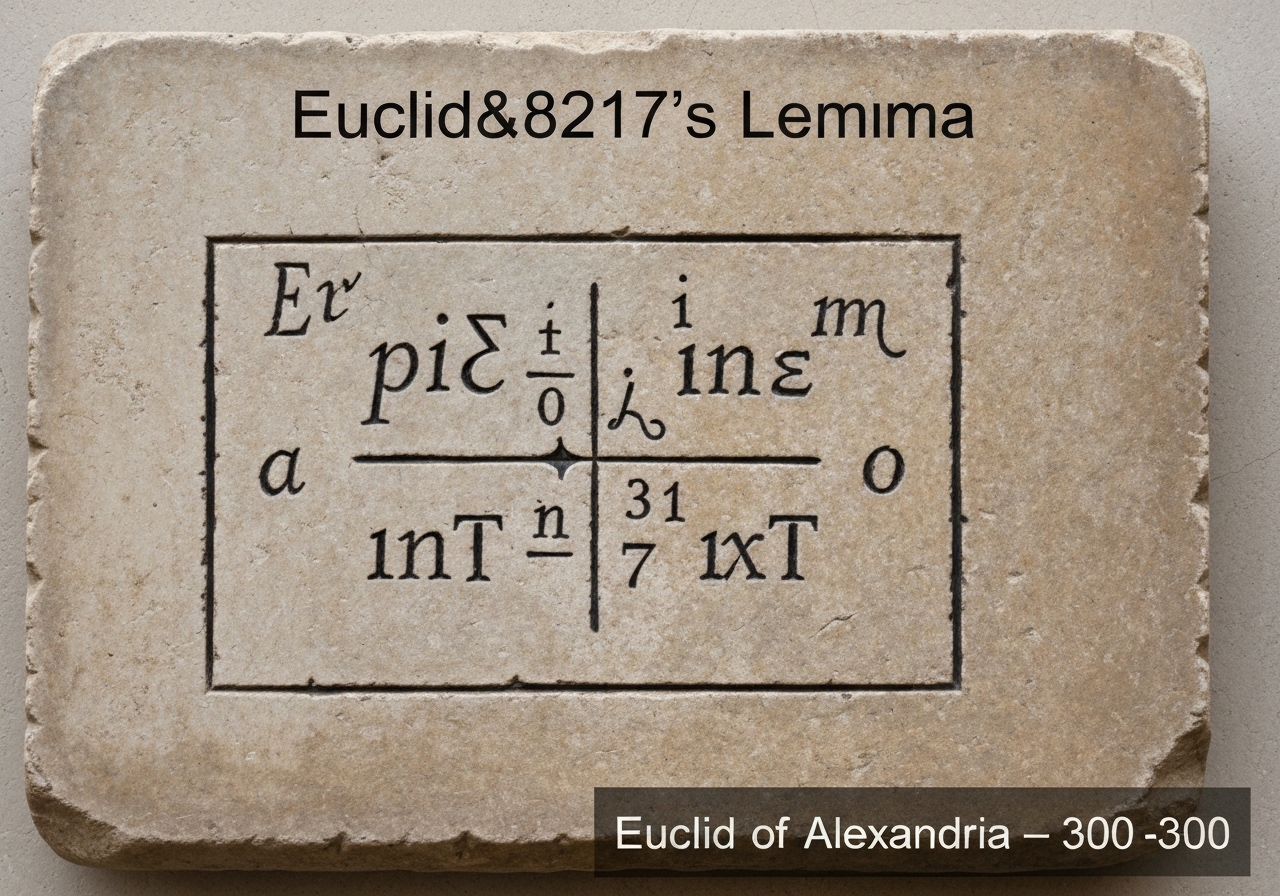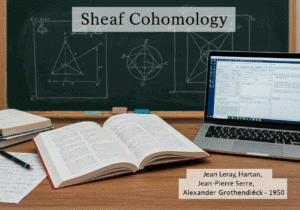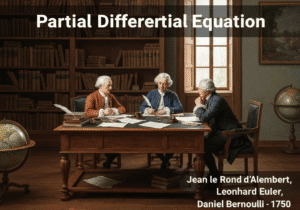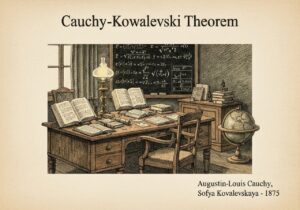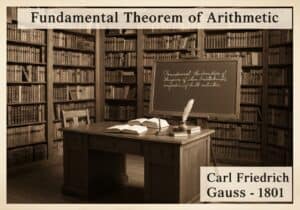A key result in number theory stating that if a prime number [latex]p[/latex] divides the product of two integers [latex]a[/latex] and [latex]b[/latex], then [latex]p[/latex] must divide at least one of those integers. That is, if [latex]p | ab[/latex], then [latex]p | a[/latex] or [latex]p | b[/latex]. This property is essential for proving the uniqueness part of the Fundamental Theorem of Arithmetic.

